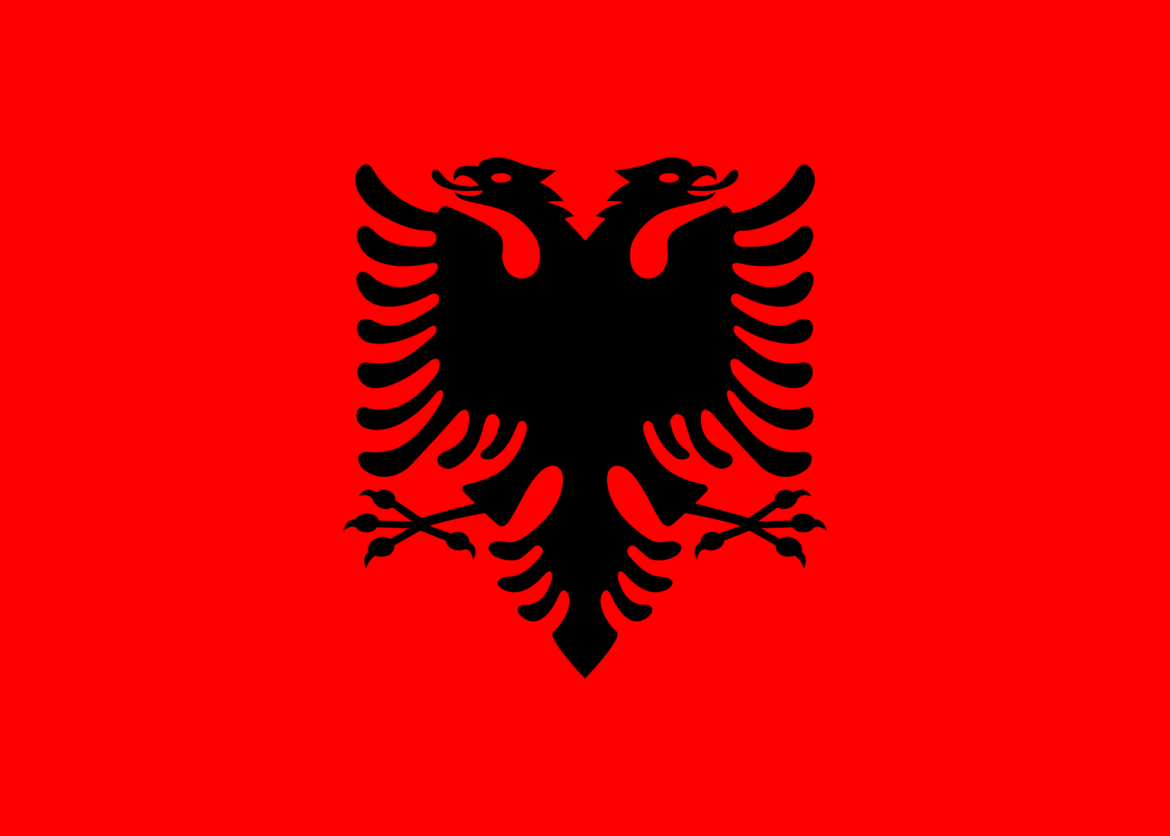Albania, a country often overlooked in the annals of European exploration, is a petite yet striking nation nestled in the southwestern region of the Balkan Peninsula. Sharing borders with Montenegro to the northwest, Kosovo to the northeast, North Macedonia to the east, and Greece to the south, it also boasts a picturesque coastline along the Adriatic and Ionian Seas. This geographical positioning imbues Albania with a rich mosaic of cultural influences, historical narratives, and natural beauty that invites deeper reflection.
As one traverses through the country, the breathtaking landscapes reveal a rich tapestry woven by centuries of tumultuous history. The Albanian Alps, known as the “Accursed Mountains,” rise dramatically to the north, presenting an awe-inspiring vista that has evoked both admiration and reverence. Their rugged peaks serve not only as a natural barrier but also as a historical witness to the resilience of the Albanian people, who have navigated the trials of foreign invasions and internal strife with unwavering tenacity.
The southern coastline, adorned with charming villages and pristine beaches, offers a stark contrast to the mountains, embodying a serene, almost idyllic quality. Towns such as Saranda and Ksamil mirror a maritime charm akin to that of the Greek islands, while also being steeped in their own historical significance. Here lies a unique amalgamation of natural beauty and human history—one where ancient ruins whisper tales of past civilizations, including the remnants of the Hellenistic city of Butrint, now a UNESCO World Heritage site. This site, with its dramatic location overlooking the Vivari Channel, lays testament to the region’s complex interweaving of cultures.
The heart of Albania is saturated with historical depth and spiritual significance. The majority of the population identifies as Muslim, yet there exists a substantial Christian minority, primarily comprised of Orthodox and Catholic believers. This coalescence of faiths breeds a unique religious tapestry, reflective of Albania’s broader historical journey. With the Ottoman Empire’s influence, Islam permeated Albanian society. Yet, remnants of Christianity endure, particularly in the southern regions where ancient churches—some dating back to the 4th and 5th centuries—still stand. These sacred edifices serve not only as a testament to faith but also as a familial connection, bridging ancestors’ beliefs with contemporary practices.
This duality of religious expression evokes fascination among those who explore Albania. The juxtaposition of ancient churches nestled amidst mosques is not merely a geographical anomaly. It signifies the resilience of the Albanian spirit, one that has melded diverse influences into a singularly unique identity. Observers often note how the coexistence of these faiths nurtures a sense of tolerance and understanding, highlighting how shared narratives can prevail over division.
Intriguingly, Albania’s position as a geographic nexus has facilitated a confluence of cultures, art, and philosophy throughout its tumultuous history. From Illyrian tribes to Roman and Byzantine empires, each civilization left indelible marks on Albania’s cultural landscape. Artifacts from these epochs—pottery, sculptures, and mosaics—illuminate the inherent beauty of the country’s history. Visitors may be captivated by the intricate craftsmanship observed in the stonework of historic churches, signaling an eternal reverence for artistry grounded in faith.
One of the more profoundly intriguing aspects of Albania is its tradition of hospitality, deeply embedded within its cultural ethos. The adage “Besa,” translating to ‘promise’ or ‘faith,’ encapsulates the essence of this generosity. Despite historical adversities, Albanians have prided themselves on offering refuge to those in need, drawing parallels to the Christian doctrine of love and kindness towards one’s neighbor. This cultural cornerstone resonates strongly in the face of Albania’s past struggles, encapsulating a spirit that encourages resilience despite adversity.
Moreover, the country’s landscapes and cultural landmarks serve as powerful reminders of the divine creation, inspiring pilgrims and travelers alike to reflect on the beauty of the world. From the cascading waters of the Rafting River to the spiritually affirming presence of the Basilica of St. Mary in the town of Shkodra, one cannot help but contemplate the intricate relationship between humanity and the divine. The mountains and valleys, imbued with a sense of the sacred, beckon all who journey here to engage with the divine in nature.
As Albania continues to navigate the complexities of modernization, its spiritual heritage remains a vital part of its identity. The shared stories between Christians and Muslims, woven through centuries of coexistence, underline a united approach to social and cultural challenges. These narratives serve as a source of inspiration for future generations, promoting understanding and empathy—a testament to the enduring legacy of Albania’s collective spirit.
In conclusion, Albania’s geographical positioning within the Balkans endows it with a rich historical context, a vibrant tapestry of religious diversity, and an unwavering spirit of hospitality. The interplay between its natural beauty and deep-rooted traditions captivates the mind and nourishes the soul. As one embarks on a journey through this Balkan jewel, it becomes abundantly clear that Albania is not merely a destination but a profound exploration of resilience, faith, and the intricate layers of human existence.



